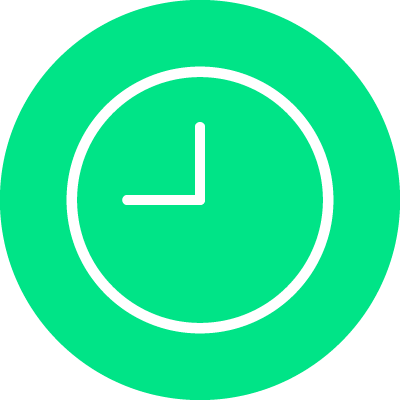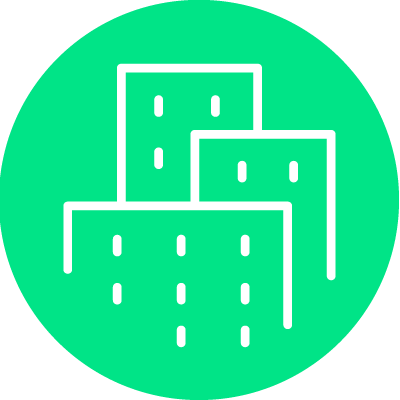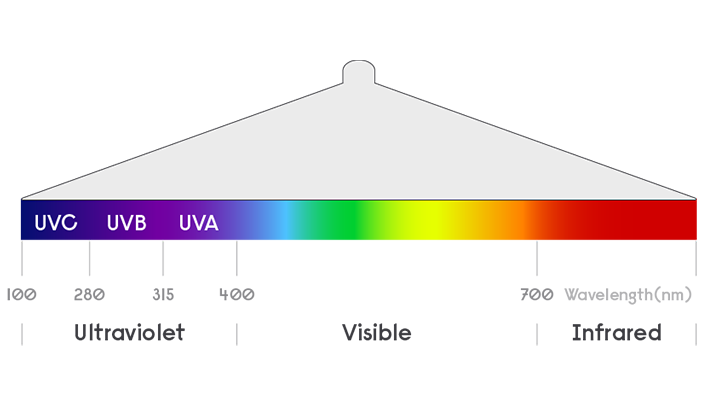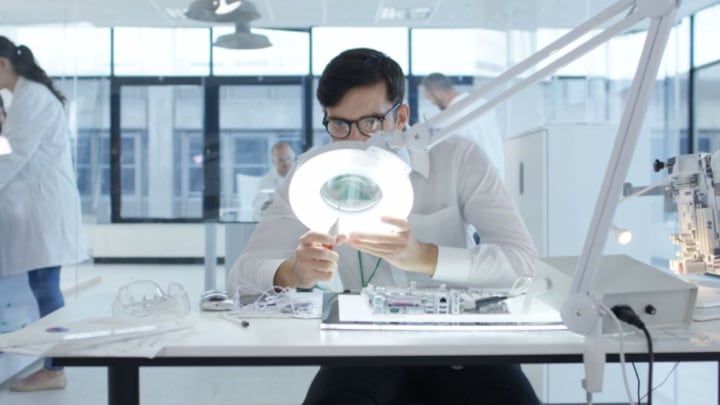




Retail
High-touch areas such as shopping trolleys and cash registers have a high risk of transmitting germs
Work places
Germs can be picked up from phones, keyboards and stationery
Hospitals
Viruses and bacteria are particularly dangerous in a medical setting
Food services
Germs and bacteria are common in raw and wasted foods
Restrooms
One of the most common places to find harmful germs and bacteria
Transportation
Viruses and bacteria can be transmitted easily in buses, trains and airplanes
We offer an extensive range of Philips UV-C lamps, a broad range of UV-C disinfection luminaires and controls to disinfect air, surfaces, objects and water. We have a proven track record of developing innovative UV-C solutions that are optimized for the application and work closely with manufacturers on design-in.
We also offer a range of Once BioShift® UV-C germicidal chambers for disinfecting equipment. Resembling an industrial microwave, objects that do not qualify as medical devices can be placed in the chamber for speedy disinfection, so they can be reused safely.4 The chamber kills a majority or viruses during the recommended 5-minute disinfection cycle.5
Together with our customers we are developing new solutions that will help shape the future of UV-C disinfection. Please join us on this exciting journey to co-create custom disinfection solutions that best meet your needs and applications. From niches such as large objects, specialized rooms/areas to many other new potential applications.
The effectiveness and correct usage of a UV-C solution starts with the right application design. Building on 35 years of experience in UV-C products and applications, we provide UV-C services throughout the different phases in the project cycle including design, project management, regular check ups and maintenance.

UV-C products present minimum risk when used by professionals who know how to use them. They must shield their eyes and skin to avoid light damage and severe injuries to the eyes and skin. Plants and/or materials that are exposed to higher dosages of UV-C may become damaged and/or discolored.
At this moment, none of our UV-C products are certified or approved under any applicable laws as a medical device and as such, Signify and/or any of its group companies do not currently intend for them to be used as medical devices anywhere in the world.
1) In laboratory testing, Signify’s UV-C light sources reduced SARS-CoV-2 virus infectivity on a surface to below detectable levels in as few as 9 seconds (Nadia Storm et al, Rapid and complete inactivation of SARS-CoV-2 by ultraviolet-C irradiation, 2020. Report available at https://www.nature.com/articles/s41598-020-79600-8). In this study, an exposure to an UV-C irradiance of 0.849 mW/cm2 for the duration of 9 seconds was applied, resulting in an UV-C dose of 7.64 mJ/cm2. Our UV-C surface disinfection products (fitted with our UV-C light sources) will achieve the same level of virus infectivity reduction as long as the same UV-C dose is achieved on each area of surface that is irradiated.
2) EPA Report, “Building Retrofits for Increased Protection Against Airborne Chemical and Biological Releases” Pg. 56
3) Fluence (UV Dose) Required to Achieve Incremental Log Inactivation of Bacteria, Protozoa, Viruses and Algae Revised, updated and expanded by Adel Haji Malayeri, Madjid Mohseni, Bill Cairns and James R. Bolton. With earlier contributions by Gabriel Chevrefils (2006) and Eric Caron (2006) With peer review by Benoit Barbeau, Harold Wright (1999) and Karl G. Linden
4) There is a limit to the amount of times certain objects (such as non-medical face masks) can be reused after disinfection with UV-C.








